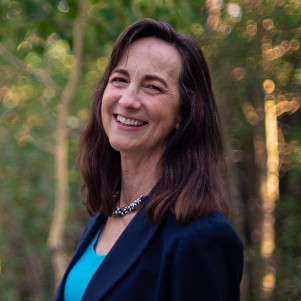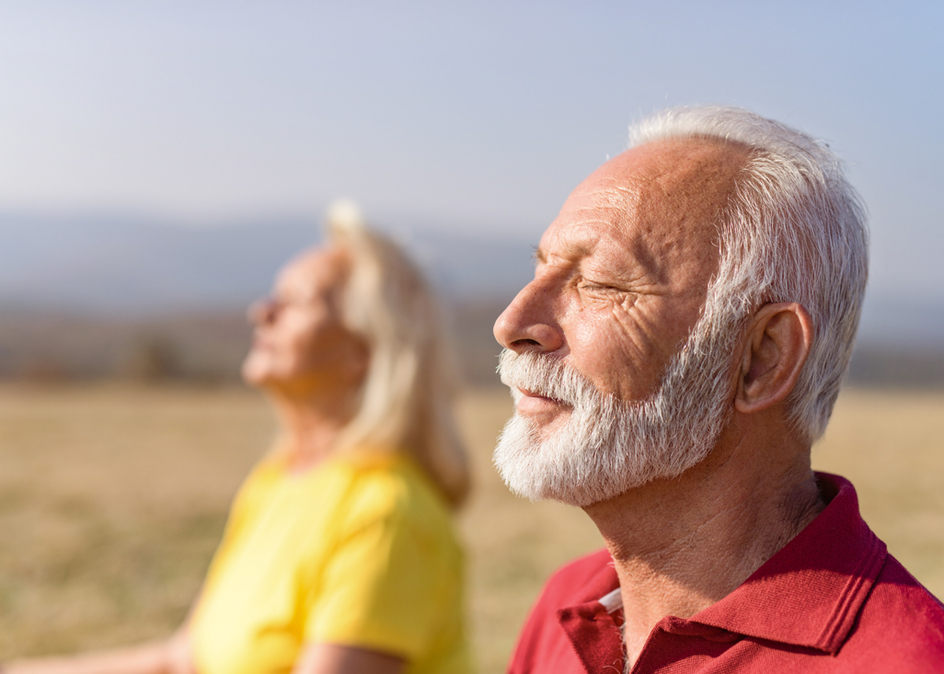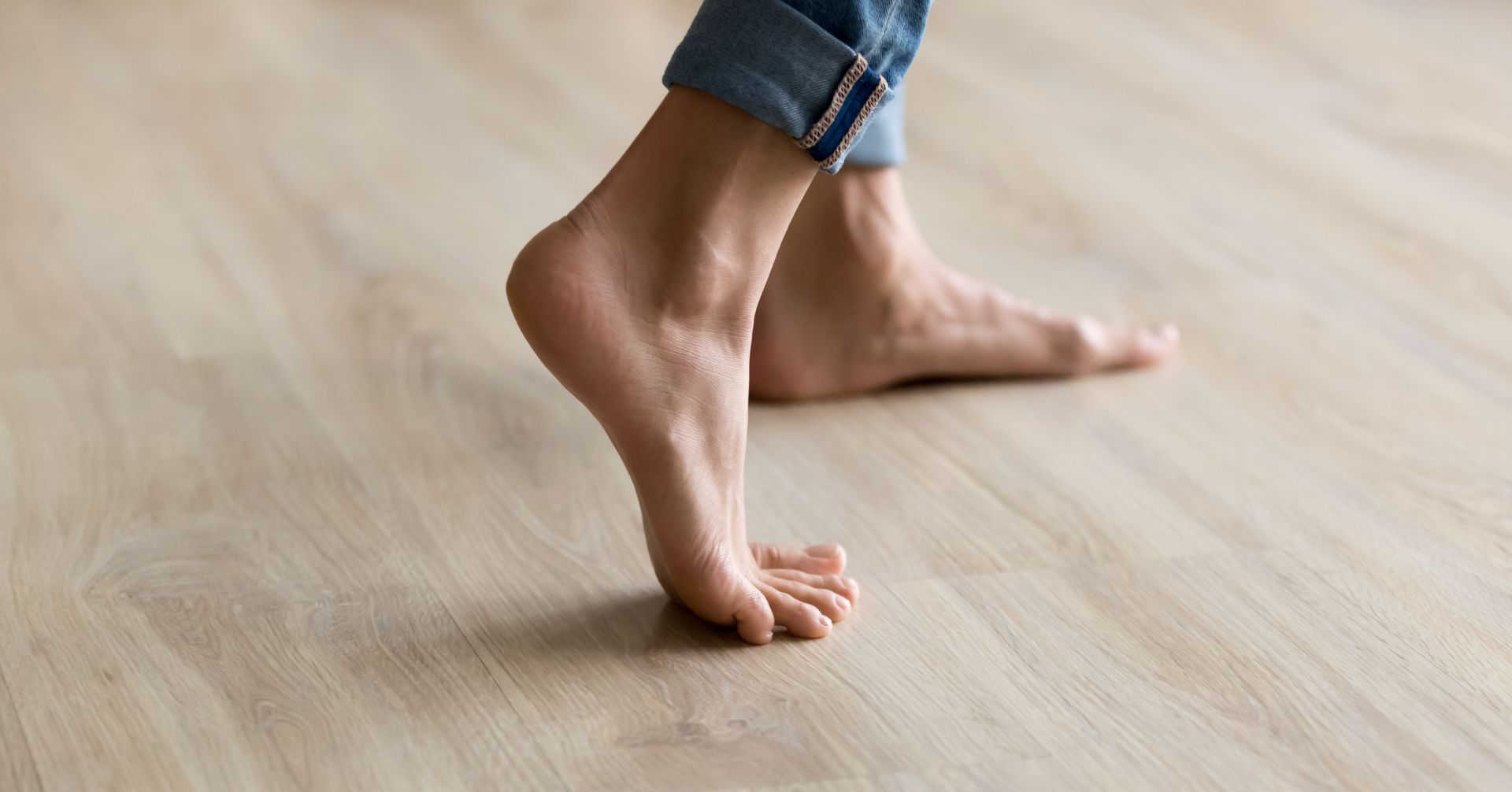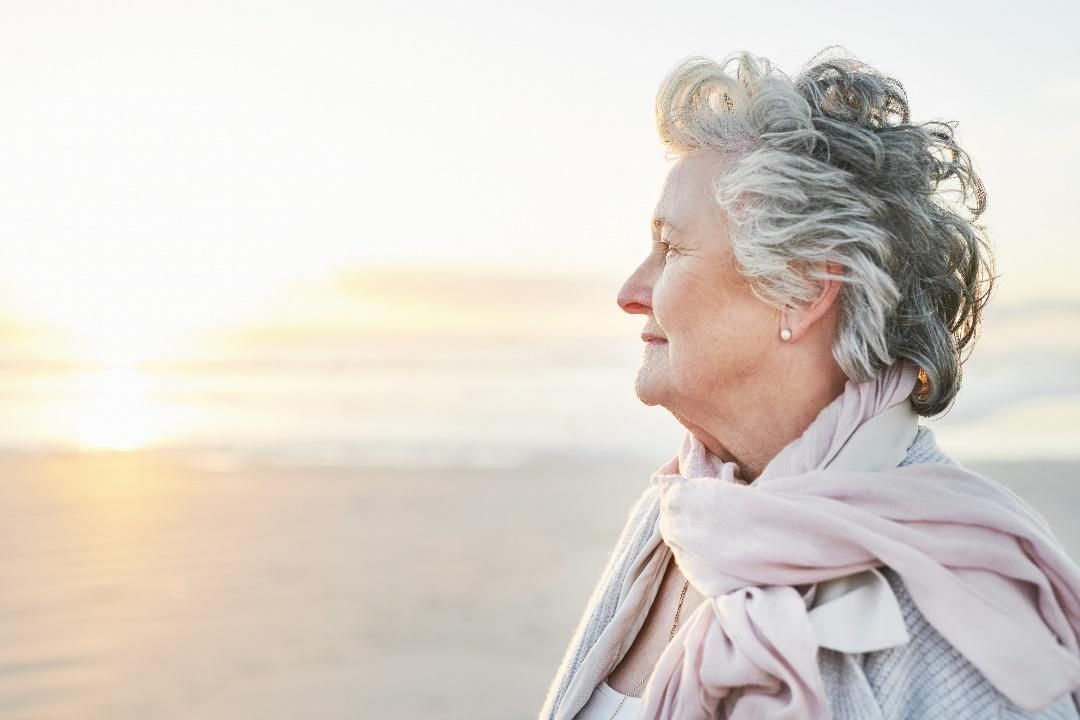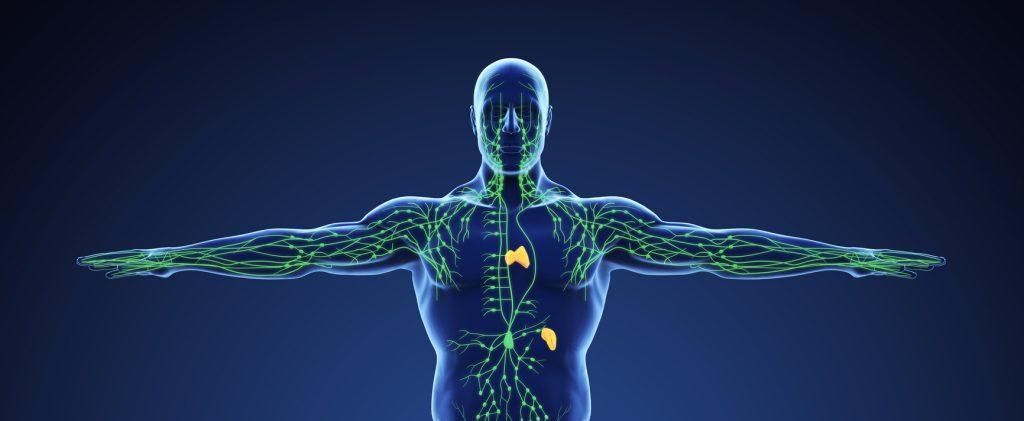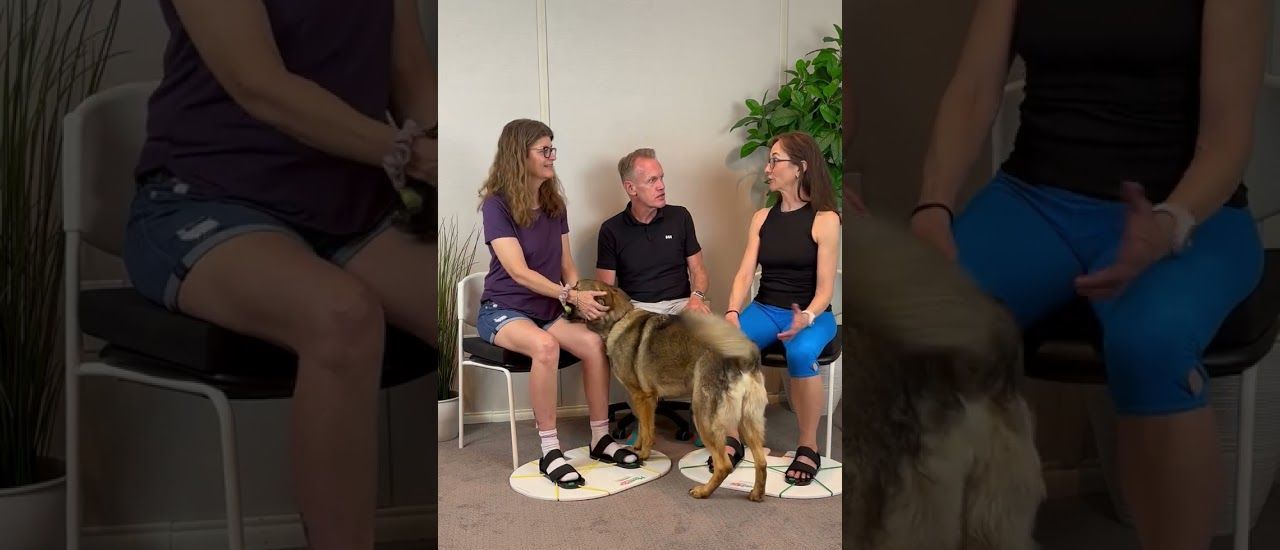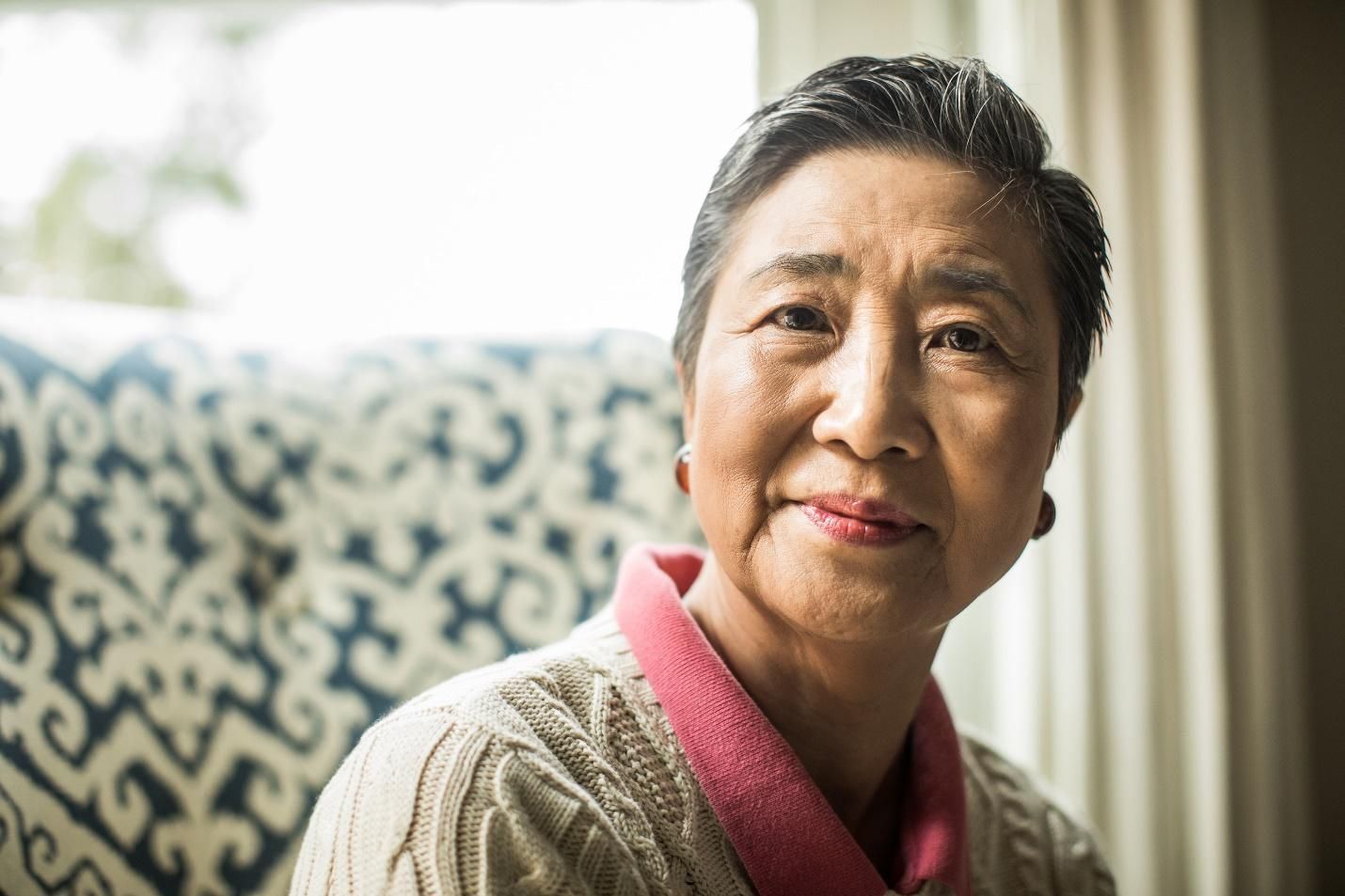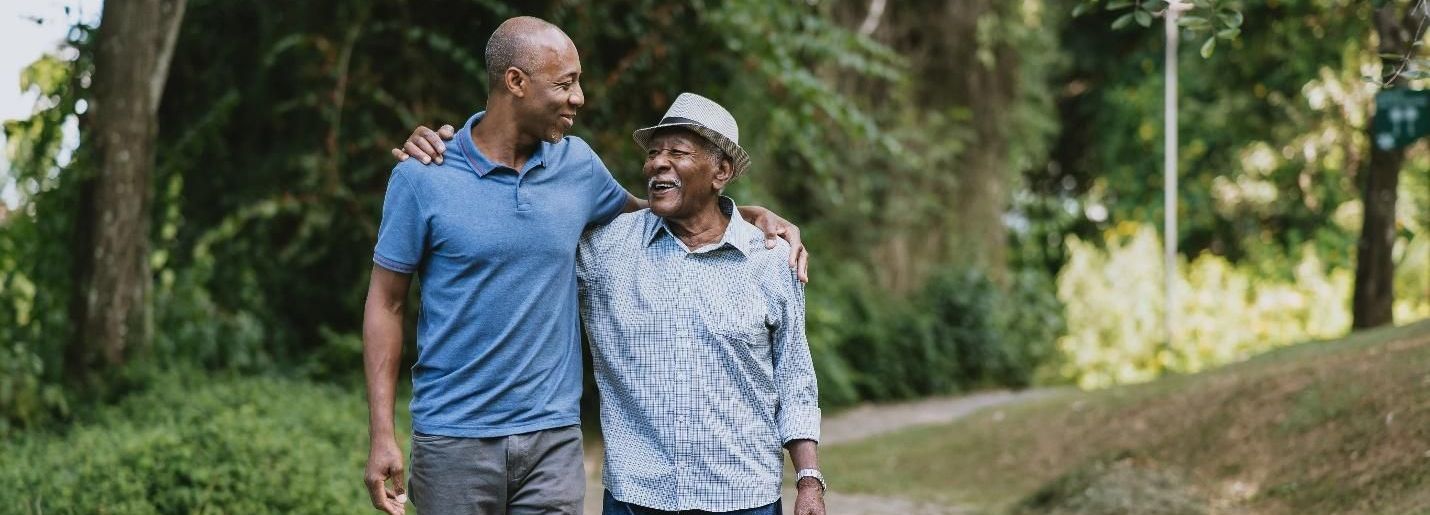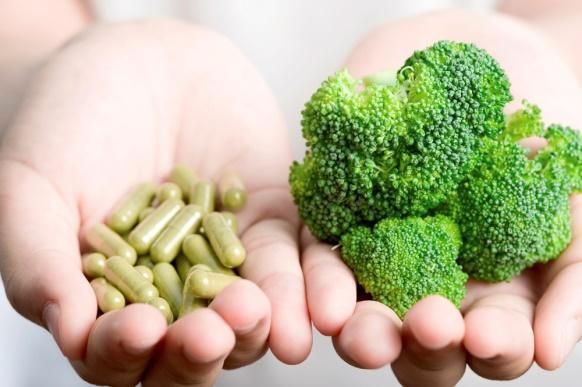February 17, 2025
Close your eyes, take a deep breath, and remember a time you fell in love and the bliss you felt. Perhaps you thought about when you met your soul mate, the birth of your child, or when you discovered your life’s passion. You may remember your heart pounding a little harder, your mood lifted and an extra spring in your step. How would you like to feel this way every day? With physical activity and exercise, you can. Warm feelings of love are caused by chemical reactions that occur with the release of hormones and neurotransmitters inside your body and brain. The same feel-good chemicals are secreted when we fall in love and when we are physically active and exercise. First, let’s distinguish the difference between physical activity and exercise. Physical activity is simply adding more movement to your day, like doing housework, gardening or dancing to a favorite song. Exercise is physical activity that is planned or structured for the purpose of getting stronger and healthier. According to biological anthropologist, and Research Professor Dr. Helen Fisher of Rutgers University who studies love, the chemicals that the body releases with romantic love include: Dopamine creates feelings of euphoria, increased energy, focus and attention and also triggers an intense rush of reward and pleasure. (Interestingly, heroin, cocaine and sugar light up similar areas in the brain, making these substances highly addictive. Surprised by sugar? We’ll break down the science on sugar addiction in another article.) Norepinephrine causes the heart to go pitter patter, pound harder and gets blood pumping. Endorphins are the body’s natural pain relievers and are chemically related to morphine. They also create a sense of well-being, security and attachment. Like romantic love, exercise releases dopamine, norepinephrine and endorphins. But wait, there’s more! Exercise releases more chemicals into the brain that are powerful mood and mind-boosting substances including: Serotonin is a natural mood-enhancer that helps relieve depression. BDNF (Brain-Derived Neurotrophic Factor) also helps relieve depression and enhances brain health and memory. GABA (Gamma Amino Butyric Acid) which helps calm the brain’s emotional circuitry like Xanax® but without the side-effects! Exercise is a great outlet to cope with stress better. Then of course, exercise boosts energy and vigor, positively impacting all body and brain systems so you can feel good as the days and years fly by. As we age, diet, medications and stress levels all influence levels of hormones and other chemicals and can cause them to get discombobulated, leading to mood changes, anxiety attacks and confusion. Exercise has widespread effects on the body and brain to help balance the whole system. If there was a pill that had the same wide-ranging effects as exercise, everyone would be popping it. To experience these joyous feelings, you may be wondering how much exercise is needed. Glad you asked! Not as much as you may think. Research done by best-selling author, Gretchen Reynolds suggests that just 20 minutes of physical activity like walking is all that’s needed for the euphoric feeling, and for general health and well-being. In a 2021 research study , 6 minutes of self-paced walking improved energy, motivation and mood. The faster the pace, the greater the improvements! Even when it comes to better balance and walking faster, independent clinical studies with older adults show it’s possible in as little as 10-20 minutes per week using the MoveMor Mobility Trainer! That’s a small time investment with a big return. We have been led to believe that we need to work out long and hard for health benefits. Research is mounting to dispel this long-held belief. What are you waiting for? If you’re looking for better balance and more confidence when you walk, just sit down, strap your feet in and perform a MoveMor exercise video. Then head out for an invigorating walk and feel the love. Not sure where to start to get your balance and energy back? Schedule a 15-minute complementary call with Healthy Aging Architect℠, Cate Reade, MS, RD, CES, RYT, designing your blueprint to age powerfully! Get started today.
